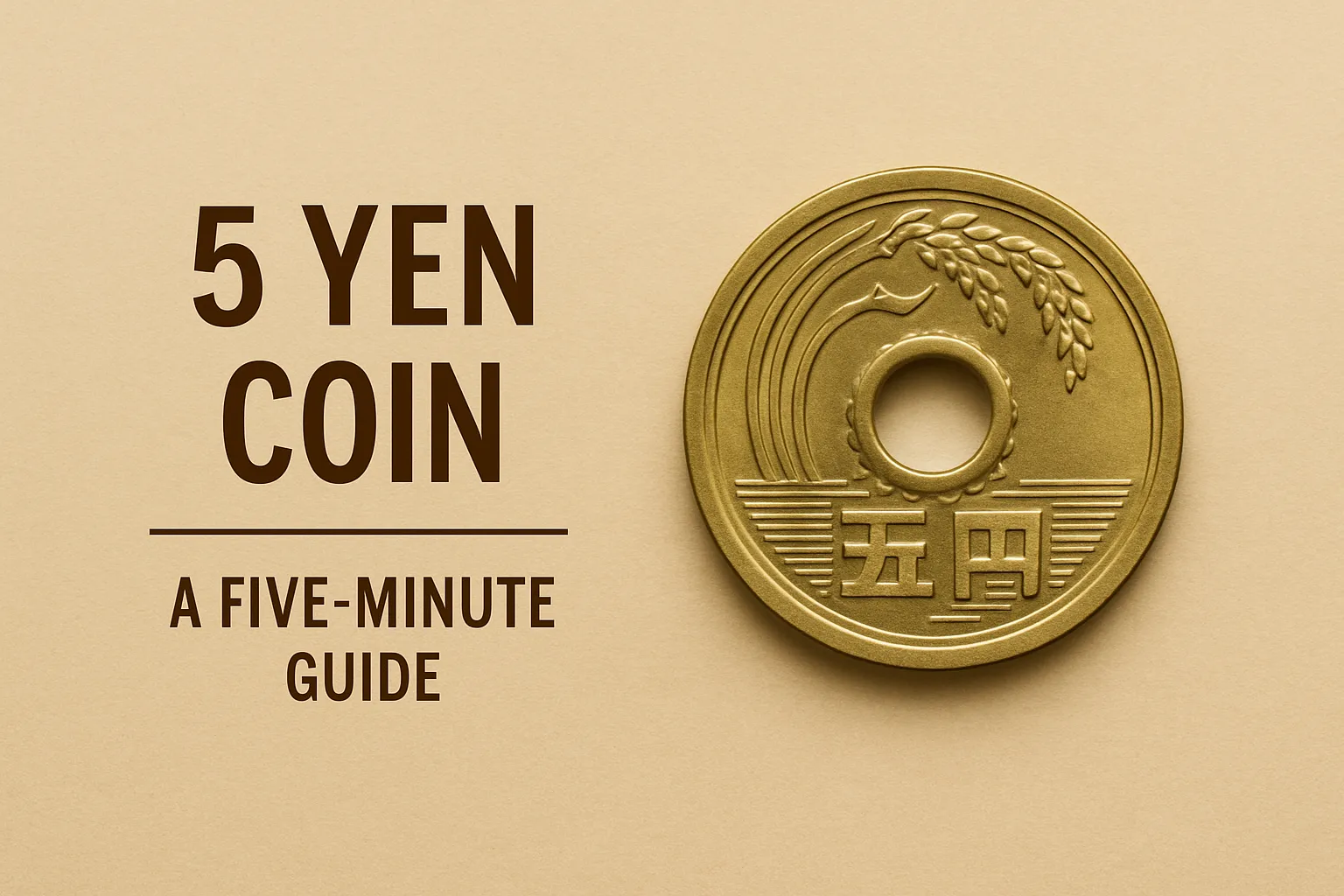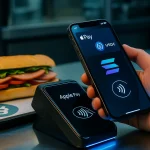5 Yen Coin: History, Design & Collector’s Value Guide
5 Yen Coin: A Five-Minute Guide
The 5 yen coin (五円硬貨, go-en kōka) is one of Japan’s most recognizable and culturally significant coins. Since its initial release in 1949, its special brass composition, center hole, and lucky connotations have made it not just a functional currency but also a popular good-luck charm. In this five-minute read, you’ll learn the history of the coin, design details, cultural meaning, collector value, and how to identify different issues—everything you ever wanted to know about the humble but fascinating 5 yen piece.
Table of Contents
- History of the 5 Yen Coin
- Design and Specifications
- Cultural Significance and Symbolism
- Collecting and Value
- Identifying and Dating Your Coin
- Tips for Collectors
- Conclusion
- Frequently Asked Questions
History of the 5 Yen Coin
The modern 5 yen coin debuted in March 1949, replacing a wartime “post-war brass” issue. Early coins from the Shōwa era (1949–1958) were made from unalloyed brass (95% copper, 5% zinc) to conserve nickel and silver. From 1959, the composition shifted to a copper, zinc, and nickel alloy (60/20/20) for increased durability. Minor minting changes during the Shōwa era (through 1989) and into Heisei (1989–2019) ensued. Since Reiwa began in 2019, the design has remained the same—a enduring symbol of Japanese currency.
Design and Specifications
Every element of the 5 yen coin carries meaning:
| Feature | Description |
|---|---|
| Obverse | Rice stalks sprouting from water, symbolizing agriculture and growth |
| Reverse | Chrysanthemum crest (Imperial Seal) above the denomination “五円” and era year in kanji |
| Central Hole | 5 mm hole for easy handling, distinguishing it from other denominations |
| Diameter | 22 mm |
| Thickness | 1.5 mm |
| Weight | 3.75 g |
| Composition | Brass alloy (60% copper, 20% zinc, 20% nickel) |
Cultural Significance and Symbolism
“Go-en” (五円) in Japanese is a homonym for “good luck” or “predestined relationship.” People often toss one 5 yen coin into Shintō shrine offertory boxes to pray for luck, successful relationships, or business success. At graduation ceremonies, weddings, and New Year’s shrine visits (hatsumōde), the coin’s wordplay and gold color make it a well-liked ritual token.
Collecting and Value
Most circulating coins are face value (¥5), but collectors seek out:
- Early Shōwa brass (1949–1958): Varieties will fetch $2–$5 in average condition.
- Low-mintage years: Shōwa 25 (1950) coins in high condition can fetch $10–$20.
- Error coins: Off-center strikes or planchet errors can fetch $30+.
- Proof & special issues: Commemorative sets occasionally include proof-finish coins which retail for $15–$30.
Identifying and Dating Your Coin
The year uses Japanese era notation on the reverse:
- Era Kanji: “昭” (Shōwa), “平” (Heisei), or “令” (Reiwa).
- Era year in kanji numerals (e.g., “二十” = 20).
- “年” denotes “year.”
Example: 昭和二十年 reads “Shōwa 20” (1945 + 20 − 1 = 1964). Use a magnifier to inspect edge details and compare against a date chart for confirmation.
Tips for Collectors
Keep coins in acid-free flips or capsules to prevent corrosion.
- Learn grading terms: Uncirculated (MS), About Uncirculated (AU), Choice Fine (XF).
- Consult catalogs like the Standard Catalog of World Coins or online databases (Numista, PCGS).
- Join numismatic clubs or online forums to trade and learn.
- Set auction alerts for rare years and error varieties.
Conclusion
The 5 yen coin is more than small change—it’s a cultural phenomenon, a collector’s grail, and a linguistic treasure. If you’re making an offering, studying mintages, or hunting errors, this guide gives you the essentials. May every “go-en” bring good fortune and profound connections.
Frequently Asked Questions
Why is the 5 yen coin considered lucky?
Because “go-en” (五円) sounds like “good fortune” or “destined connection,” the coin is used in shrine offerings to invite luck and strengthen bonds.
How do I read the year on my 5 yen coin?
Read the era kanji (昭 for Shōwa, 平 for Heisei, 令 for Reiwa), then the year in kanji numerals, and subtract 1 from the Shōwa offset (1945) or add to the Heisei/Reiwa base.
Are there any rare 5 yen coins?
Yes. Early Shōwa issues (1949–1958), low mintage years like 1950, and error coins are valuable. Proof and high-grade examples have premiums over face value.




